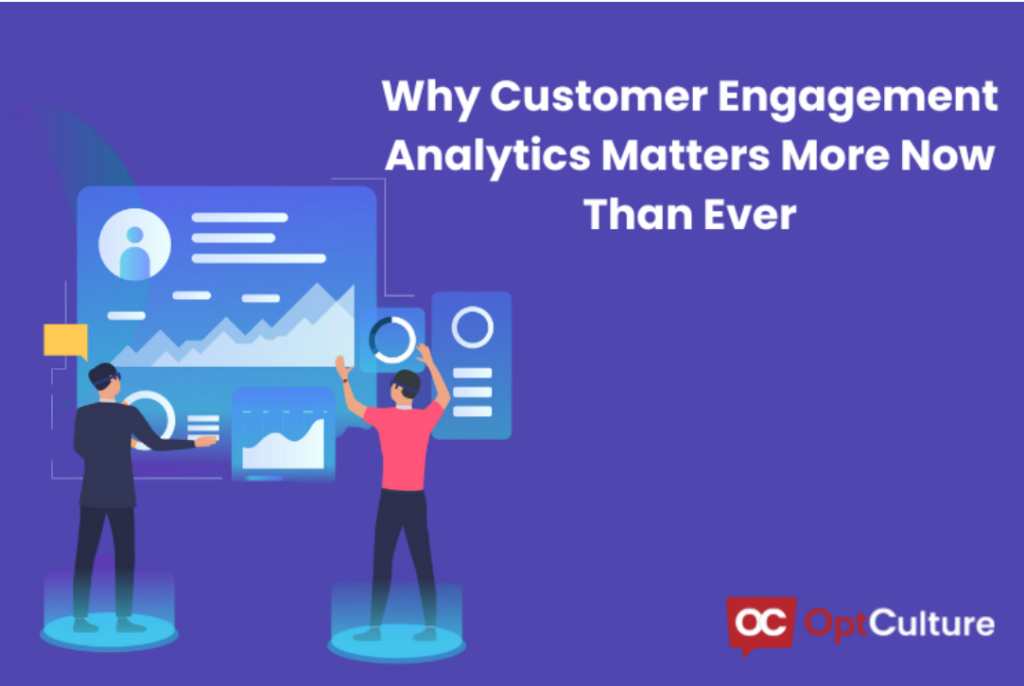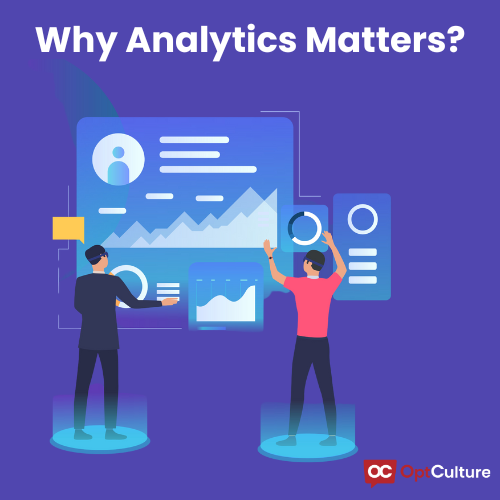
Why Customer Engagement Analytics Matters More Now Than Ever?
Introduction:
In the rapidly evolving digital marketplace, understanding and enhancing customer interactions have become pivotal for businesses aiming to stay ahead. Customer engagement analytics stands at the forefront of this challenge, offering deep insights into customer behavior and preferences. This comprehensive tool enables organizations to tailor their strategies for maximum impact, ultimately driving conversions and fostering sustainable growth. Let’s delve into the components that make customer engagement analytics indispensable in today’s business environment.
The Essence of Customer Engagement Analytics
Customer engagement analytics transcends traditional metrics, offering a granular view of how customers interact with a brand across multiple touchpoints. This includes analyzing behaviors on websites, social media platforms, through email engagements, and more. The goal is to paint a complete picture of the customer journey, identifying what draws customers in, keeps them engaged, and what influences their decisions to convert.
Components of Customer Engagement Analytics
- Customer satisfaction analysis
- Customer lifecycle value analytics
- Sales channel analytics
- Web analytics
- Social media analytics
- Customer churn analytics
- Customer acquisition analytics
In-Depth Insights into Customer Engagement Analytics Components
Customer Satisfaction Analysis:
Understanding how satisfied your customers are with your products or services is crucial. Customer satisfaction analysis involves gathering feedback through surveys, reviews, and direct customer interactions to gauge overall contentment. This data helps businesses identify strengths and areas for improvement, enabling them to make targeted enhancements that boost customer satisfaction and loyalty.
Customer Lifecycle Value Analytics:
The customer lifecycle value (CLV) represents the total revenue a business can expect from a single customer account throughout their relationship. Analyzing CLV helps companies identify the most valuable customer segments and tailor marketing efforts to maximize the profitability of these relationships. It involves calculating the present value of future cash flows attributed to the customer relationship, guiding businesses in resource allocation and strategic planning.
Sales Channel Analytics:
This component focuses on analyzing the performance of various sales channels to understand their effectiveness in generating revenue. Sales channel analytics examines metrics such as sales volume, conversion rates, and customer acquisition costs across different platforms, including online, in-store, and third-party resellers. Insights from this analysis enable businesses to optimize their sales strategies and allocate resources to the most productive channels
Web Analytics:
Web analytics provides data on how users interact with your website, offering insights into visitor behavior, traffic sources, page views, bounce rates, and conversions. This information is invaluable for understanding how well your site meets customer needs and identifying opportunities for optimization. By analyzing web analytics, businesses can improve website design, content, and user experience to enhance engagement and conversion rates.
Social Media Analytics:
With the pervasive use of social media, analyzing interactions on these platforms can offer deep insights into customer preferences, sentiments, and trends. Social media analytics tracks metrics such as engagement rates, shares, likes, and comments to gauge the impact of social media campaigns and content. This analysis helps businesses refine their social media strategies to foster greater engagement and brand loyalty.
Customer Churn Analytics:
Churn analytics focuses on understanding why customers discontinue their business with a company. By analyzing churn rates and identifying common characteristics or behaviors of churned customers, businesses can implement strategies to improve retention. This might involve enhancing customer service, adjusting pricing models, or improving product offerings to address the reasons behind customer attrition.
Customer Acquisition Analytics:
This aspect of analytics measures the effectiveness and efficiency of customer acquisition strategies. It involves tracking metrics such as cost per acquisition (CPA), conversion rates, and return on investment (ROI) for different marketing campaigns and channels. Insights from customer acquisition analytics enable businesses to refine their marketing approaches, targeting efforts more effectively to attract new customers at the lowest possible cost.
Leveraging Analytics for Strategic Growth
Integrating these analytics components provides a holistic view of the customer journey, from initial awareness to loyalty and advocacy. By leveraging insights across these areas, businesses can make informed decisions that resonate with their audience, enhance customer experiences, and drive strategic growth.
Strategic Insights from Customer Engagement Analytics
A notable McKinsey Report from December 2018 highlights the critical insights into customer engagement analytics. Despite the widespread adoption of Big Data, success in leveraging this data varies significantly. The report found that companies utilizing customer analytics are more likely to see a significant improvement in sales performance compared to their competitors. Specifically, businesses proficient in customer analytics were 50% more likely to enhance their sales outcomes, 6.5 times more likely to retain customers, 7.4 times more adept at making sales to existing customers, and witnessed a 19 times increase in above-average profitability. These findings underscore the transformative power of effectively analyzing customer engagement data.
Conclusion
Customer engagement analytics is not just about collecting data; it’s about transforming insights into actionable strategies that align with customer needs and market trends. As we navigate the complexities of the digital age, the ability to adapt and respond to changing customer behaviors and preferences will be paramount. By harnessing the power of customer engagement analytics, businesses can ensure they not only meet but exceed customer expectations, securing their position in a competitive landscape and paving the way for long-term success.





